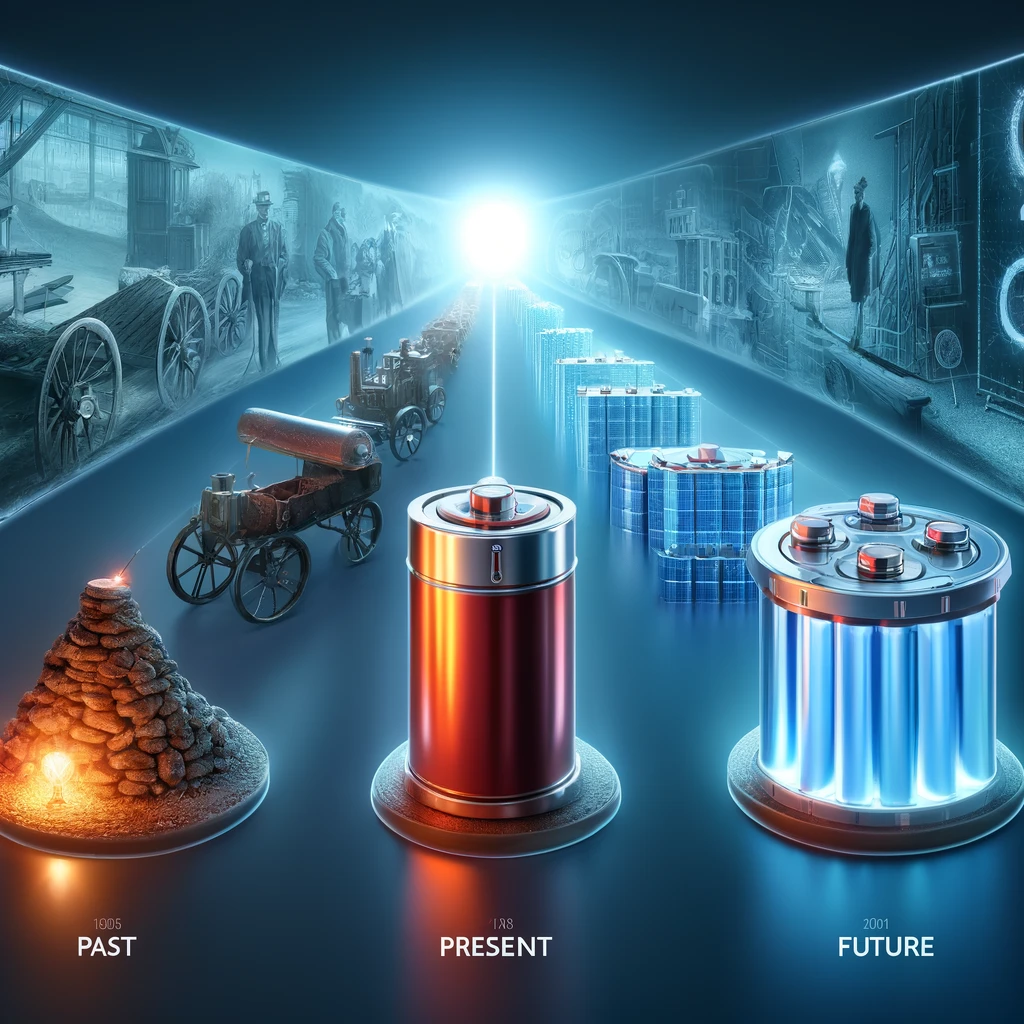The Evolution of Energy Storage: Past, Present, and Future

Energy storage has been a crucial aspect of human civilization for centuries. As our energy needs have grown and evolved, so too have the technologies we use to store and harness energy. From the earliest days of battery technology to the cutting-edge solutions of the modern era, the evolution of energy storage has been a fascinating journey. In this article, we will explore the past, present, and future of energy storage technologies.
Past: The history of energy storage dates back to the invention of the first battery by Alessandro Volta in 1800. Volta’s battery, known as the Voltaic Pile, consisted of alternating layers of zinc and copper discs separated by brine-soaked cloth. This early battery laid the foundation for the development of more advanced lead-acid batteries in the mid-19th century, which found applications in telegraphy and lighting.
The 20th century saw significant advancements in energy storage technologies. The invention of the nickel-cadmium (NiCd) battery in 1899 provided a more durable and reliable alternative to lead-acid batteries. Later, the development of nickel-metal hydride (NiMH) batteries in the 1970s and lithium-ion (Li-ion) batteries in the 1990s revolutionized portable electronics and paved the way for the widespread adoption of mobile devices.
Present
Today, lithium-ion batteries dominate the energy storage landscape. They are widely used in smartphones, laptops, electric vehicles, and grid-scale energy storage systems. The high energy density, low self-discharge rate, and long cycle life of Li-ion batteries have made them the preferred choice for a wide range of applications.
In addition to Li-ion batteries, other energy storage technologies are gaining traction. Flow batteries, which store energy in liquid electrolytes, are being developed for large-scale energy storage applications. Supercapacitors, which can charge and discharge rapidly, are finding use in applications that require high power density, such as regenerative braking in electric vehicles.
The growth of renewable energy sources like solar and wind has also driven the development of energy storage solutions. Pumped hydro storage, which involves pumping water uphill during periods of excess energy production and releasing it through turbines when energy is needed, remains the most widely used form of large-scale energy storage.
Future
The future of energy storage is exciting and full of possibilities. Researchers are working on developing new battery chemistries that offer higher energy densities, faster charging times, and longer lifetimes. Solid-state batteries, which use a solid electrolyte instead of a liquid one, are a promising avenue for improving safety and performance.
The integration of energy storage with renewable energy sources is expected to become increasingly important in the coming years. As the world moves towards a low-carbon future, the ability to store and dispatch renewable energy on demand will be critical for ensuring a stable and reliable energy supply.
Other emerging technologies, such as hydrogen storage and compressed air energy storage, are also being explored as potential solutions for long-duration energy storage. The development of a diverse portfolio of energy storage technologies will be essential for meeting the varied energy needs of the future.
The evolution of energy storage technologies has been a remarkable journey, from the early days of the Voltaic Pile to the advanced lithium-ion batteries and beyond. As we look to the future, the continued development and deployment of energy storage solutions will play a crucial role in enabling the transition to a clean, sustainable, and resilient energy system. The past, present, and future of energy storage technologies offer a fascinating glimpse into the ingenuity and innovation that have shaped our energy landscape and will continue to do so in the years to come.